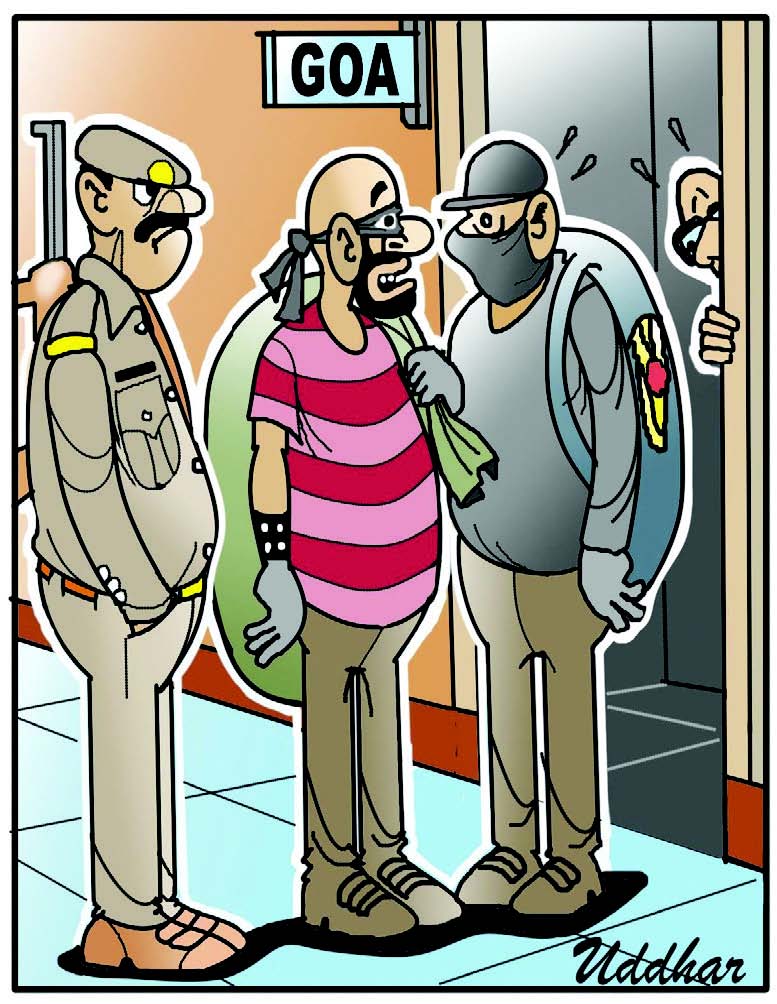With the dust finally settling down on the Agnipath agitations, it’s perhaps only apt to make a point or two, purely as a lay but conscious well-informed elder. Like in the earlier two reforms attempted viz. in the NRC and the Farms Bill, this came with a big-bang surprise to its stake-holders and like all reforms, it met with virulent resistance on the streets.
I’ll not attempt to venture too much into the functional aspects (they could be too technical for me) excepting those that I found in the “Agnipath” Brochure published by the Union Defence Ministry. I will like to look at the following five aspects: 1) the Functional and Efficiency Aspects as explained in the Brochure, 2) The Preparations which seem to have gone into the Reforms, 3) the HR Related Issues, 4) The Economic Aspects and 5) an idea of Replicating this Scheme into other Human Intensive Public Services eg: the CAPF, The Railways, The State Police Forces, The Central and State Revenue Agencies.
My take:
1) In the functional and efficiency issues, I completely agree with the Brochure and that we do need to have in place, an improved battle preparedness with more trainable youth suited to changing dynamics, we need to select the best with a transparent and rigorous selection process, a military force with a balance of youth and experience with benefits of Skill India. According to reports, the average age of 32 today, comes down to just 25 in seven years. “War no longer exists.” That’s what Gen Rupert Smith writes, in his “The Utility of Force: The Art of War in the Modern World”. What’s really meant is, the concept of “War” has undergone a transition from the 1940s to the 2020s. More so, in our Western and Northern Borders for example, the low Intensity, intrusive armed conflicts, more of Technology, less of the classical “infantry” marching ahead with battle-tanks and conventional artillery to modern-day technology-backed long-range armaments and information and surveillance systems. It’s important to have our boys on the border with the correct profiles for them to absorb tech-training and fast pro-actions. The comparisons with military forces of Russia, China, the US, the UK, France, Germany and Israel are very well taken.
2) Where I think we can improve greatly, (like in the other two Reforms we attempted), is the preparation itself. Particularly, on our communication strategy, so that stakeholders neither have to hunt for meat on the scheme nor have to suspect something fishy in the small print. It must be attractive to him at first sight, in my view! To ice it all, the spokesmen even emphasised they were all pre-thought-out and were now being released one-by-one. Party Officials even found favour with “Agniveers” serving as security-guards in the Party-Office and so on.
3)The HR Related Issues: (Always the most difficult ones): It’s going to be a big challenge to ensure equal training opportunities to all “Agniveers” for them to stand a fair chance of entry into the regular cadres in a fixed time-scale of say 2 years (practically), the first year goes down in adapting to military ways of life and the last year spent in tensions and drafting the right CV for the “second innings”!
Although the Brochure indeed promises a transparent selection process, I think it should be codified at entry with a year-wise scoring pattern.
4) The Economic Aspects: Although this paragraph remains in silence in the Brochure, I cannot help but remember, we are the second-biggest military force in the World with a 1.5-million-strong Armed-Forces. We spend about Rs 5 trillion on our defence system, half of which goes to salaries and pension. (China spends less than a third). All that’s left for Capital Expenditure is about Rs 2.5 trillion! Isn’t it ironical, the enthusiasm with which we did an “OROP” and now to stare at an increasing percentage of 23% Pensions-to-Defence Budget, up from 18%, just 8 years back!
5) Replicating this scheme: Most importantly, the concept of a “Government-Job” has to change, from a Life-Long-Insurance-Policy to a need-based value-creation engagement. I read a report of the Department of Expenditure, and it says 9 lakh civilian vacancies and 1 lakh CAPF vacancies are already there over the last 16 years. My question is: which industrial engineer has done a study and determined the full-time equivalent numbers (FTEs) required today, after whole trains are successfully running outsourced, bookings done at home, most services and records digitalised, improvements (though slow) in surveillance and data-management that has been so vastly done. Let’s not remove surpluses in one segment and create surpluses in another, at the tax-payers’ expense! On the contrary let’s work on plans to replicate an Agnipath-like scheme in human-intensive public services like the CAPF, The Railways, The State Police Forces and Central and State Agencies and Corporations. The Governments’ four priorities of Gati-Shakti, Inclusive Development, Productivity Enhancement and Climate Actions would more than absorb the resources then available. Re-training and Communication are the keys!
And in Conclusion: Rupert Smith was so right 27 years back; “Wars” will be fought differently in tomorrow’s world, let’s prepare today, time waits for nobody!
(Binayak Datta is a Finance professional)
